Where Jungle Symphonies, Some of the World’s Deadliest Creatures, and the Deepest Growth Imaginable Emerge From the Rainforest
It was June of 2015 when I set off to spend a few weeks in the rainforest along the Amazon, Tahuayo, and Tangarana rivers to escape a bout of grief that had left me with quite a tarnished spirit. While I’ve traveled alone much of my life, I had never ventured solo to somewhere so unfamiliar, so wild, or so primitive. I hoped to test my endurance, face undocumented fears, and seek solace in remote pockets of the world which, this time, were much outside my comfort zone. This particular journey was inspired by several months of research I’d done on the healing properties of ayahuasca, which led to planning four ceremonies over the course of a week with a well-respected shaman named Don Lucho. A cosmic journey seemed like a promising avenue to self-discovery, peace of mind, and the kind of healing that only comes from the deepest introspection.
On June 2, 2015, I wrote: “The jungle is so close, I can almost feel her. I couldn’t be more ready for her wisdom and plantains and jaguars and mud baths and icaros and cacophonies of noise. I’ll see you in three short days, Iquitos.”
Before embarking on the part of the adventure that would test my vulnerability to the Universe, it seemed almost honorary to first retreat into the jungle—the very place where this ancient plant medicine has her origins, where, for thousands of years, natives have felt called to her healing powers and compelled to submit to the cosmos. After reading about an American biologist’s work in the Peruvian Amazon tracking both jaguars and what he believed was a new saki monkey species, I knew I’d found my calling. So I decided to spend two weeks with his expedition company four hours by boat from the nearest city to fully immerse myself in the jungle.
Being early June, it was right in the middle of rainy season, and the jungle was hot as hell. It was wet and unforgiving and relentless, and the humidity meant my clothes were never dry. Every day, I sweat, cried, bathed in cold river water, and was taken aback by the beauty and magic of the jungle and the kindness of riverside villages. And I was completely enchanted by rain showers that revealed vibrant rainbows in the afternoon and wild sunsets each evening. I came face-to-face with a fer-de-lance (one of the deadliest snakes in the world), was swarmed by deadly wasps one night while spotting caiman, swam in a lake with pink dolphins where I later learned a village boy had been eaten by a 13-meter anaconda years before, and, being offseason, had little English-speaking interaction. At every bend, the jungle was life and death. But something about her felt like balance. She was fickle.
I shared adventures with my guide, Nelly, who made sure my fears never kept me docked at camp, encouraging me to paddle across the rivers’ elbows while she macheted through dense jungle overgrowth, hoping to spot an anaconda or jaguar. I felt like a pioneer, forging through uncharted land.
Because it was rainy season, the jungle remained flooded, and our little stilted village gave us refuge from the lingering crocs and all the other sounds of Mother Jungle that I’d come to identify over time. I’d return to our stilted camp each evening dirty and sticky from the day’s adventures, but no matter how many cold river showers I took, there was no rinsing off the jungle. I wore the jungle with honor and, eventually, pride.
The sun would set, the dinner bell would ring, and I’d feast on hearts of palm, lentils and rice, and fresh-caught fish. After dark, howler monkeys would sing while I flipped through Tom Robbins books with a flashlight and sipped my nightly Cristal—a Peruvian beer that I enjoyed 32 ounces at a time. After hours-long hikes through the only dry part of the jungle in terra firme forests in search of poison dart frogs, having cautious riverside feasts of pork stew far from the lodge while the guides fumbled with a failed boat engine, and canoeing through dense jungle canopies in search of caiman, my nightly beer took the edge off the adventures. Sometimes I’d even have a daytime Cristal, straight from the bottle, while paddling down the river in a gentle storm, sloths looking on with a stoned gaze as we passed them by, and once, an elusive tayra giving us a silhouetted dance against a dusky sky. Another time, a bright aqua butterfly seemed to dance in the rain, just above the brown waters, and landed at the head of the boat as if she was the captain. The Cristals helped me settle into the arms of the rainforest and right into my quiet.
While I was enthralled with the wildlife, I was fascinated by the local culture too. One of the greatest days I spent with Nelly was in El Chino Village, still underwater for the season. It was just us and the villagers that day. We paddled from house to house, and past the small school. We sat with villagers while they weaved baskets in their open-air living rooms with three bright parrots sitting side by side on the back of a wooden chair next to them. When we tied our boat up outside of Adolfo’s hut, the curandero invited us inside. He lined up all of his plant medicines, asked Nelly to translate what inspired my visit, sang me an icaros, covered me in thick mapacho (a strong jungle tobacco) smoke, and blessed my journey. Adolfo told Nelly stories, and with a slight smile, she said that he believed I was on the right path, and that my genuine desire to learn would serve me well.
Once he was done with his ritual and blessings, we paddled to another family’s home who invited us in for dinner. They had whole fish—”muddysuckers” they called them—on the stove in their open-air kitchen. The hammocks the family used as beds hung to the side of the room, and a cat, dog, and baby chick shared our space. The woman plated the fish, sat out an apothecary-like jar that was filled with spicy marinated peppers as a garnish, and passed around medicinal “moonshine” made with seven jungle herbs. We ate with our hands, gave the fish head to the grateful cat, toasted the moonshine, and sipped a single Cristal I bought from the small shop in the living room. Nelly told me that some nights they turn the same open space into a “bar,” and serve the same moonshine to their “patrons.” Before leaving, we washed our dishes in the river where children fearlessly swam. That hour was one of the greatest hours of my time in the jungle.
Halfway into my time with the expedition company, I headed even deeper into the jungle, traversing two more rivers two or so more hours away, so I could spend a few nights at their primate research center. The jungle here was even denser, even louder, and even more battered by daily rain showers than the first lodge. But the wildlife was more abundant and the sunsets were far more colorful.
The 1,000 acres surrounding the research center have been carefully mapped on a grid, so that whatever wildlife is spotted can be meticulously recorded on its section of the map. In the dry season, there are fifty-five miles of trails that course through this grid, making it the largest trail system in the entire Amazon. Every waking hour that passed, I reminded myself how lucky I was to be in such a truly wild place. Each morning and afternoon, we’d set off by boat through the treetops in search of the elusive saki monkeys they’d been studying. Knowing there is an entire forest beneath you, reeling with unseen life is as intriguing as it is petrifying. It was on the second day of searching that we found a group of the primates, high in the trees. The awe I felt in that moment is nearly indescribable—to be observing a potentially unidentified species that had only recently been discovered in the jungles of Peru. We watched them closely as they sat curiously on branches looking upon us. They were much bigger than I expected, and seemed to have much longer hair than other primates. When we got back to the lodge that afternoon, we marked our grid coordinates on the map and relayed the observation data we captured: their behavior, their location, the number of monkeys in their group. Another rain shower crept in just before the sun set, flooding all the wooden boats that were tied up in the front of the lodge, revealing yet another magnificent display of sunset colors. I had my last dinner solo being that I was the only guest, and that night I had the sweetest dreams. The jungle began to feel like one of many homes I’d found scattered about the world.
With just two days of my excursion left, after more than a week spent mostly alone, I was joined by four fellow Americans when I got back to the main lodge—and they arrived with a bottle of pisco in hand, ready to up the ante on jungle mischief. While I’d grown accustomed to both the silence and noise of the jungle, my one-on-one adventures with Nelly, and musical conversations with a seven-year-old who had quite a fancy with The Who and David Byrne, the camaraderie was much welcomed. We shared excursions over the next two days, heading out to catch piranha with handmade poles and hand-caught bait at sunrise, which the camp staff would fry up for us at night. We laughed and told stories over our Cristals. And they laughed at the fact I had only caught two of the piranhas we had for dinner that night (far less than their catches).
I lived simply like this—with (mostly) broken conversation, dirty feet, wide and curious and terrified eyes, and lullabies of jungle cacophonies—for almost two weeks. But on my last night in the depths of the Amazon, good use was made of that bottle of pisco as the staff serenaded us with a surprise ensemble of jungle musicians, beating wildly on their drums as we passed the bottle back and forth and danced late into the night. Nobody was allowed to sit out. Nobody wanted to sit. Everyone danced. And everyone drank.
At one point, I walked outside, observing the madness from a wooden moonlit bridge as if I were watching a film. Two weeks into the jungle, and I still found my experiences hard to believe. Percussion escaped the screens and mosquito nets, while the moonlight illuminated the paths to each of our cabins. Rain poured down. And I admired the unity sprung from some of the most primitive human longings—traditional music, local drink, colorful stories, ecstatic dance, and Pachamama. That night, strangers became friends under the Amazon night. And I emerged from the depths of the jungle a new woman.
On June 13, 2015, I wrote: “It’s the last day of my jungle excursion before departing to Iquitos to begin my inward excursion tomorrow afternoon. I’m sitting in the open-air research center watching the rainfall on the Tahuayo while the sun illuminates everything from the treetops to my spirit. To summarize the past eight days in a single entry is impossible.
I’ve had fresh fish and “medicinal” moonshine with a family in a village of 150, spent an afternoon with their curandero, had Pisco- and seven-piece “jungle music”-fueled nights of dancing with strangers, spent evenings in ramshackle canoes rising just inches above the water, forging trails through flooded rainforest via machete to chase caiman and monkeys and sloths and owls and all the creatures of Mother Jungle, eaten more insects than ever intended (not as an ingredient to a meal, rather making my meals their own), discovered species I have never even heard tell of—like the tayra, observed what the researchers believe is a new saki monkey species, swam with pink dolphins in deep Amazonian lakes, feasted on fruits and veggies I’ve never before seen in my life, and admired the (shooting) stars, Jupiter, Milky Way, and the equatorial curvature of Earth in ways I didn’t know were possible.
I’ve hand-washed my own clothes—leaving them to dry in the humid jungle air, paddled the ramshackle canoes across oxbow river curves while caiman looked on, taken only cold river-water showers, and not worn shoes for eight days (except along the hours-long hike through terra firme forest in search of the poison dart frog). I’ve cried, been unfamiliarly petrified, and have finally met the bounds of my comfort zone for the first time in my travels.
I’m dirty, freckled, unkempt, glistening, humbled, and ignited. Onward, to the next profound chapter and the next 10 days and nights of exploration, inward and outward.”
Three years later and I still sometimes run from life when she hurts, though I’ve learned that I seek healing in the form of new experiences. Still, every rough spell has warranted new passport stamps, strangers-turned-friends, a bounty of lessons, and the occasional hangover along the way. Whether sharing moonshine in a river shanty with people with whom I do not share a language, or passing around a bottle of local beer or liquor with those whose language I do share—laughter, sound, expression, and shared observation all have the ability to sometimes say more than our words ever could, and I think that’s the most primitive and, perhaps, authentic kind of human connection.
And for the ayahuasca? That’s a story for another time, though, for now, I’ll leave you with an entry I wrote on June 23, 2015:
“As another journey comes to an end, I’m again reminded how time flies (and) stands still throughout travels. Eighteen days ago seems like both yesterday and a century passed as I bid farewell to the Peruvian jungle today.
Sipping camu camu and watching folks begin their mornings on the plaza outside Casa Morey, I cannot help but feel fortunate after a few humbling, beautiful, and horrendous days in Iquitos. Its markets are horrors, real nightmares. Its street dogs are so very emaciated. And its sunsets, superb.
Reflecting over the past weeks, I have much to say, some to share, and everything to interpret. I’ve been humbled and inspired, enlightened and saddened, colored and propelled. From sticking my hand in a termite nest to extract natural ‘insect repellent,’ to partaking in four ancient ceremonies soundtracked by a well-respected shaman and his apprentices, to acclimating to fourteen nights spent in tambos that protect from neither creatures or elements, my boundaries, mind, and spirit have been expanded and brightened.
The open road (or jungle, this time ’round) always gets the ideas flowing. Today they’re overflowing. I’ll have many words and stories and photos and tales to share once I reflect more. Till then, I’m already considering my next global excursion (after San Miguel de Allende in September). Hungary and Romania seem to be calling. Perhaps I’ll answer. For now, I couldn’t be more eager to land in Austin.”




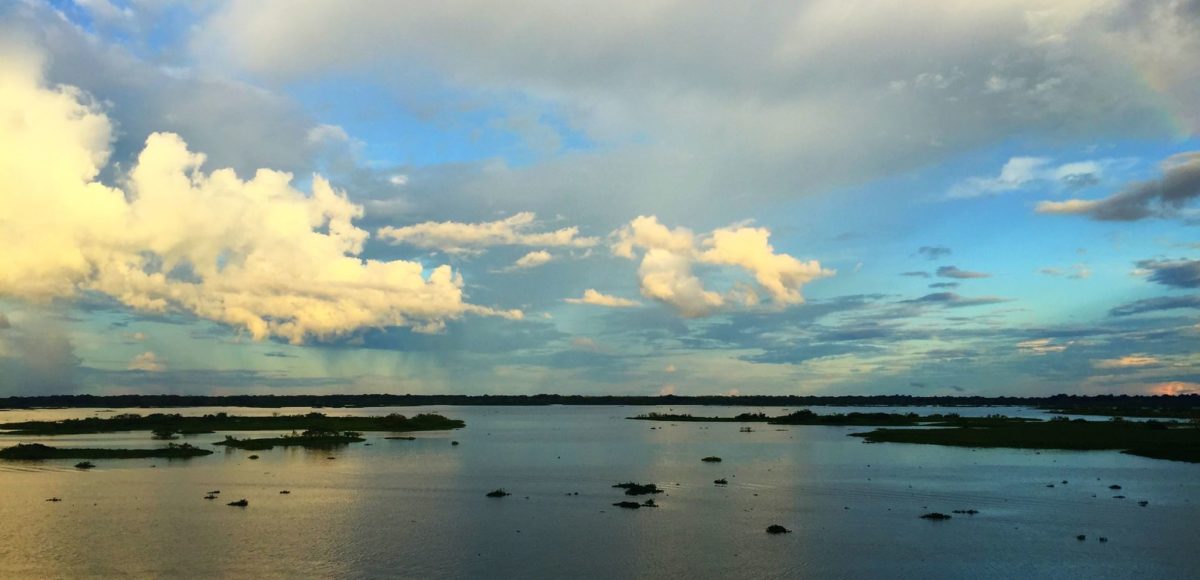
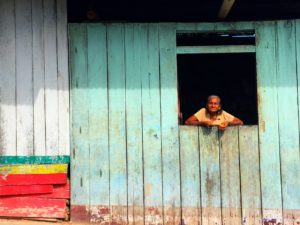
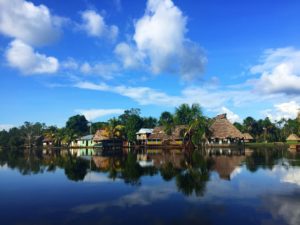
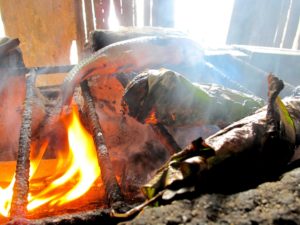
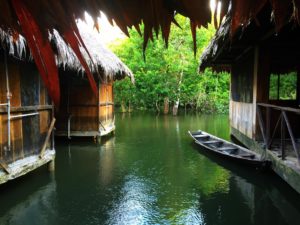
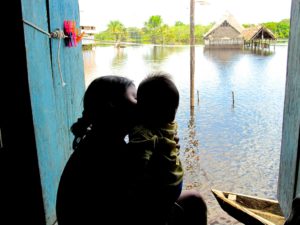
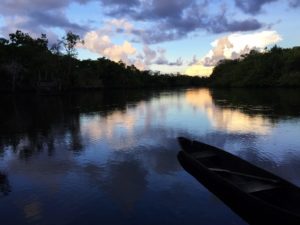
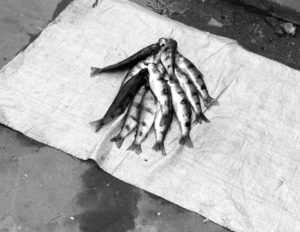
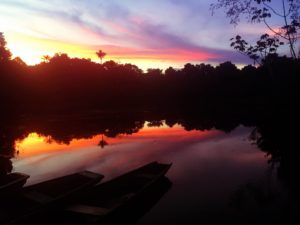
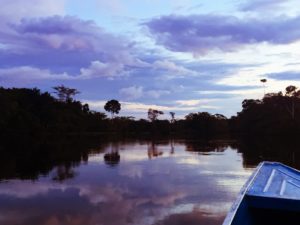
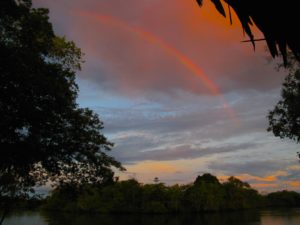
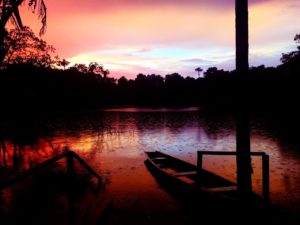
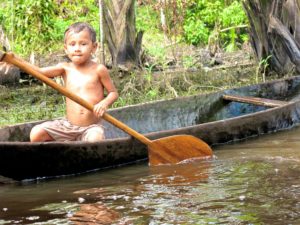
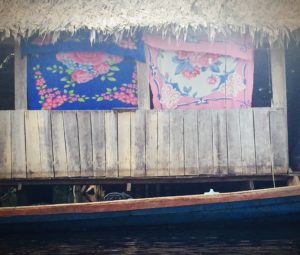
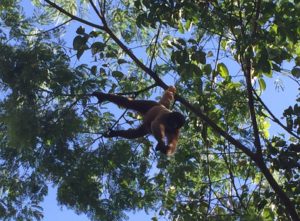
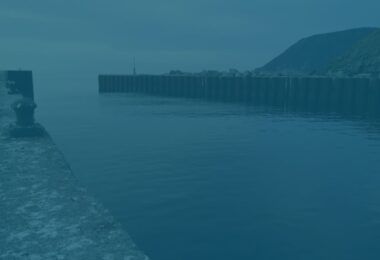
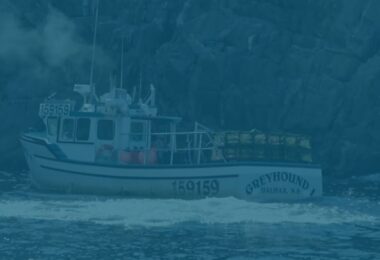
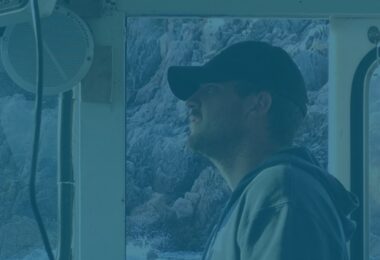
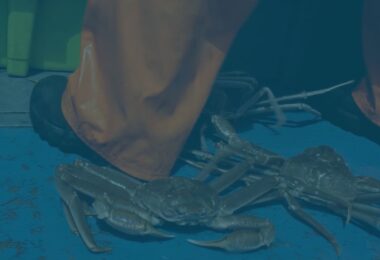

No comments